Effective Steps to Relieve Back Pain
Aug. 13, 2023 #Back Pain
Maintaining Good Posture
To effectively relieve back pain, it is important to maintain good posture. Proper posture not only alleviates discomfort but also supports the natural alignment of your spine. Here are some tips to help you maintain good posture:
- Sit and stand with your shoulders back and your back straight. Avoid slouching or hunching over, as this can strain your back muscles.
- Choose a chair with proper lumbar support when sitting. If your chair doesn't provide adequate support, place a cushion or rolled-up towel at the lower back for extra support.
- Avoid crossing your legs while sitting to prevent uneven pressure on your pelvis and spine.
By being mindful of your posture and making these adjustments, you can reduce strain on your back and minimize the risk of developing or worsening back pain.
Regular Exercise
Regular exercise is essential for managing and relieving back pain. Low-impact exercises can strengthen your back muscles and improve flexibility. Consider the following when incorporating exercise into your routine:
- Choose low-impact activities like walking, swimming, or cycling to improve cardiovascular health without straining your back.
- Focus on strengthening your core muscles, which provide support to your spine and help maintain proper posture.
- Incorporate stretches that target your back and hamstring muscles for improved flexibility and reduced tension.
- Avoid high-impact activities such as running or jumping, as they can worsen back pain.
- Consult with a healthcare professional or physical therapist to develop a customized exercise program.
Regular exercise can strengthen your back muscles, improve flexibility, and reduce the risk of future back pain episodes.
Relaxation Techniques
Relaxation techniques can play a crucial role in relieving back pain by reducing stress and promoting muscle relaxation. Try the following relaxation techniques:
- Practice deep breathing exercises to calm your mind and reduce tension.
- Try meditation or mindfulness techniques to focus on the present moment and reduce stress.
- Use heat or cold therapy to alleviate muscle tension and reduce pain.
- Consider practicing yoga or tai chi for improved flexibility, balance, and stress reduction.
- Take breaks throughout the day to rest and relax your back muscles.
Regularly practicing these relaxation techniques can reduce stress, promote muscle relaxation, and alleviate back pain.
Balanced Diet
A balanced diet supports overall health and helps manage back pain. Follow these guidelines for a healthy diet:
- Consume a variety of fruits, vegetables, whole grains, and lean proteins for essential nutrients that promote muscle strength and healing.
- Avoid processed foods and foods high in added sugars, as they can contribute to inflammation and weight gain.
- Maintain a healthy weight to reduce strain on the back.
- Stay hydrated to improve overall health and prevent muscle cramps.
- Consult with a nutritionist for personalized dietary recommendations.
A balanced diet provides the necessary nutrients for optimal health, muscle strength, and potentially reduces the risk of back pain.
Avoid Prolonged Sitting or Standing
Prolonged sitting or standing in the same position can contribute to back pain. Follow these guidelines to avoid excessive strain on your back:
- Take regular breaks to stand up and stretch if you have a sedentary job.
- Use a standing desk or adjustable workstation to alternate between sitting and standing.
- Avoid sitting or standing in the same position for long periods of time.
- Alternate between sitting and standing throughout the day.
- Practice proper ergonomics by adjusting your workstation height and chair position.
By following these guidelines, you can minimize the negative impact of prolonged sitting or standing on your back and reduce the risk of developing or worsening back pain.
Proper Lifting Techniques
Proper lifting techniques are crucial to avoid straining your back and causing injury. Follow these guidelines when lifting objects:
- Bend at the knees and lift with your legs, not your back.
- Hold objects close to your body to maintain balance and minimize strain on your back.
- Avoid twisting your body while lifting.
- Ask for assistance with heavy or awkward objects.
- Consider using lifting aids or equipment for heavy objects.
By following these proper lifting techniques, you can minimize the risk of back injury and prevent exacerbating existing back pain.

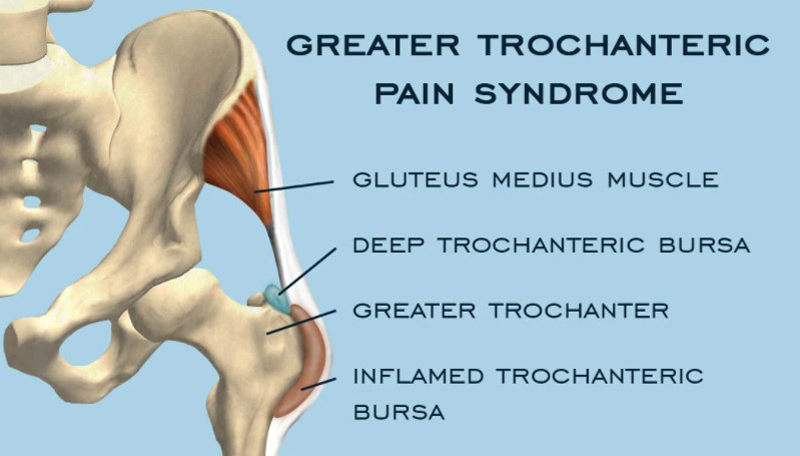
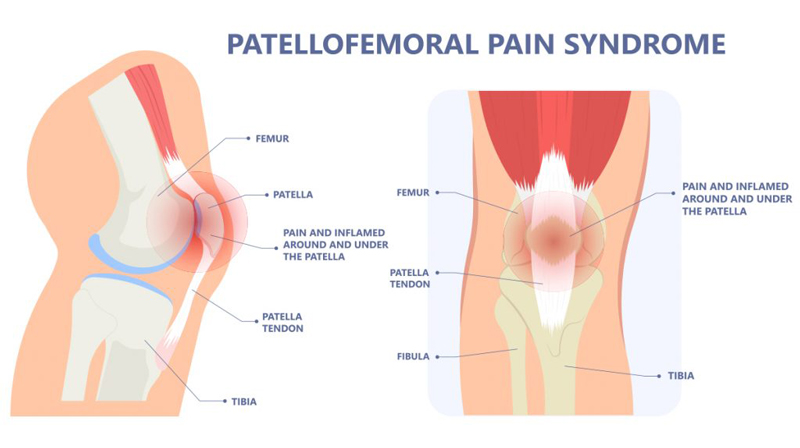




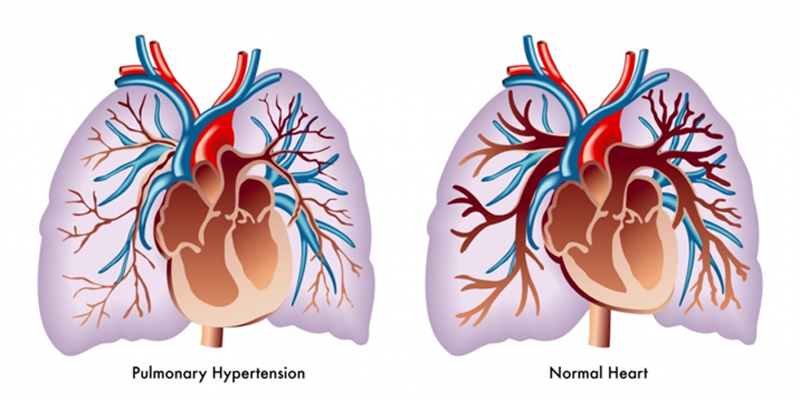
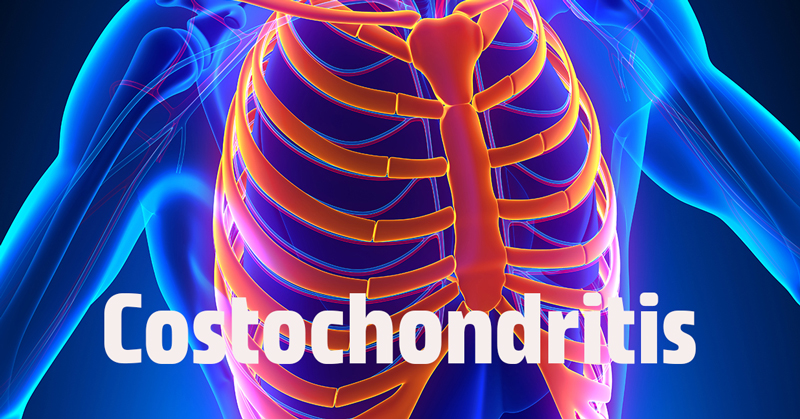
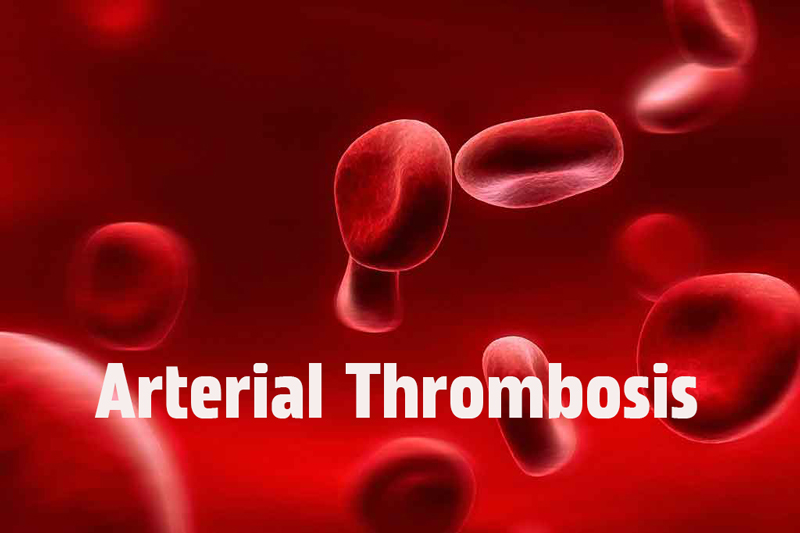
COMMENTS